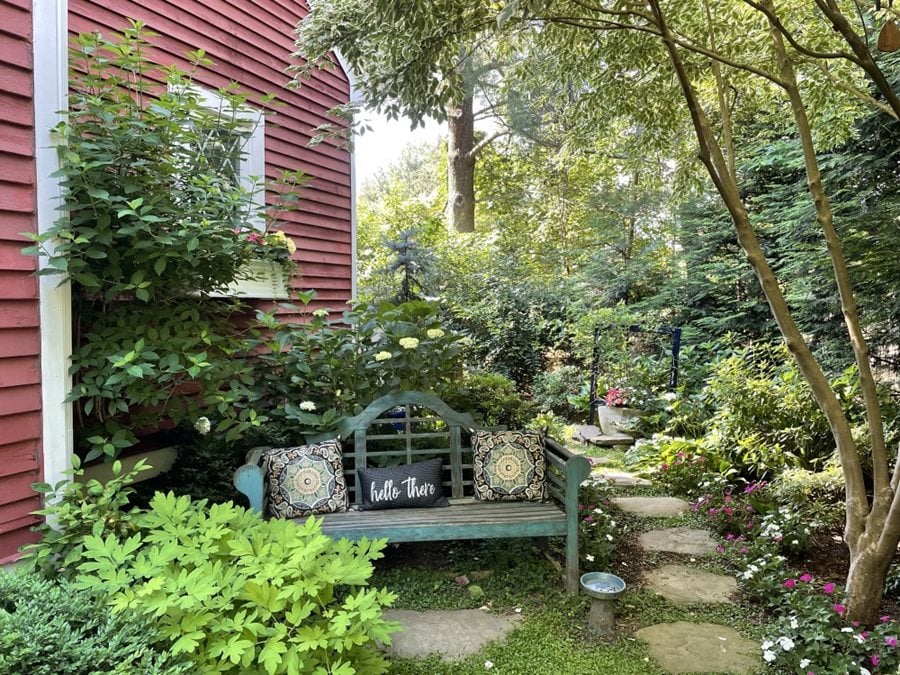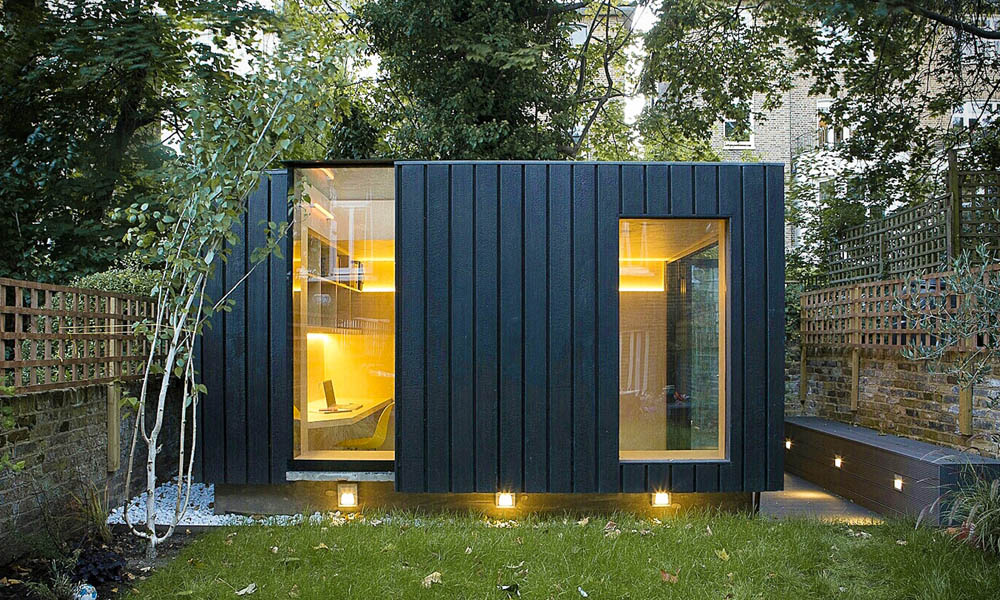Handy Advice On Planning Permission On Garden Sheds
Wiki Article
What Permissions Do You Require To Use Garden Rooms, Or Other Types Of Uses? Of Use?
When determining whether planning permission is required for conservatories, garden rooms outhouses, garden offices and outhouses, or extension, "change of use", also known as "change of the purpose", plays an important part. The planning permission is needed for changes in the use.
If you plan to transform a non-residential structure (like garages or an agricultural structure) to a residence or garden office the permission to plan is normally required. This is due to the fact that there will be a change in use class.
Garden Rooms are Living Accommodation:
Use of a room in the garden as an individual living unit (e.g. guest house, rental unit) is considered a alteration of the use. The building permit is required to ensure that the construction meets the standards of residential and regulations.
Business Use
If you intend to use the garden room or conservatory for business reasons (e.g., as an office space for the home-based business with frequent visitors or employees) the planning permission might be needed. This is due to possible impact on your neighborhood, such as traffic, sound, and parking.
Utilization for Community or Education:
Planning permission is also required to transform a garden structure into a space used for education or for community (such as a conference room or a classroom). Local authorities will evaluate whether the location is suitable and what effect it might have on the area.
Impact on local infrastructure:
Typically, any change in usage that has an impact on local infrastructure (such as roads, drainage or other public services) will require planning approval. In the planning process, the local authority must assess these impacts.
Dual Use
Planning permission may be required to define and regulate the different uses in a property.
Increased footfall, traffic and revenue
If the proposed change could lead to an increased foot or traffic, such as converting a garden into small shops and so on, a planning permit will be needed to deal with any possible impact on the location.
Regulations for Building Regulations:
Although not strictly a issue of planning permission the change of usage must be in line with building regulations to ensure security, health, as well as energy efficiency requirements. This is important to convert spaces into habitable ones.
Environmental Impact:
Modifications to the use of land that impact the environment, for example changing agricultural land into residential use, will require planning approval. As part of the application process, you may need to conduct an environmental assessment.
Effect on Community and Amenities:
The impact on amenities for the community and characteristics of the area are important aspects to think about. Planning permission will be needed for the conversion of the garden into a cafe for instance for the purpose of aligning it with local plans and to preserve local amenities.
The following areas are identified as:
In protected areas such as conservation areas, National Parks, or Areas of Outstanding Natural Beauty (AONB) Changes in use are subject to stricter restrictions to protect the character and appearance of the area. In these instances, you need planning permission.
Local Planning Policies
Local planning authorities may have different rules regarding changes in usage. It's important to consult these policies to know the changes that require permission, and the criteria that must be fulfilled.
Planning permission is usually required for significant changes to the usage of a conservatory, garden room, outhouse or garden office. This is to ensure that the proposed use is appropriate for the area and is compatible with local and national policy on planning. It also addresses any possible impacts on the environment and community. To establish the precise requirements and obtain the necessary approvals, it's essential to consult your local authorities for planning before you begin the process of planning. See the top rated permitted development garden room size for more recommendations including garden outhouse, out house, garden rooms brookmans park, garden out house, ground screws vs concrete, what size garden room without planning permission uk, garden outhouse, my outhouse, garden room permitted development, Tring garden rooms and more.

What Height Restrictions Are You Required To Adhere To When Planning Garden Rooms?
In the case of building garden rooms, conservatories outhouses, garden offices, or extensions, specific height restrictions determine whether planning permission is required. These are the most crucial concerns regarding height that you should keep in your mind:
The maximum height shouldn't exceed 4 meters for an outbuilding or addition with a roof that is double pitched.
Any other type of roof (flat or single-pitched) must not exceed three meters in height. ) The height of the roof cannot exceed 3 meters.
Distance from boundaries:
The maximum height is 2.5 meters in the event that the structure is within 2 meters of your property boundary. This is applicable to sheds, garden rooms and similar outbuildings.
The height of the eaves
The maximum eaves-height (the height at the lowest point of the roof) for any structure must not exceed 2,5 meters.
Conservatories or Extensions
Height of rear extensions with one-story must not exceed four meters. This includes any parapet and the roof.
Side Extensions
Extensions to the sides should not be more than 4 meters and not wider than 50 percent of the dimensions of the house.
Special Roofs
Structures with a roof that is flat can only be built to a maximum three meter height.
Additional restrictions on areas designated for specialization
In conservation areas, Areas of Outstanding Natural Beauty (AONB) and other designated areas, stricter limits on height may be in place and planning permits may be needed for buildings that would otherwise fall within allowed development rights.
Constructions within National Parks:
Similar to designated areas, structures within National Parks may have additional limits on height that require approval for planning.
Roof Design:
Consider the length (excluding chimneys, antennas, etc.). It is important to consider the elevation of the highest part of the roof (excluding chimneys and antennas.). The need for planning permission should be considered if the height of the building exceeds the permitted development limits.
Neighbours' Impact:
Even if a building is within the permitted height limit the planning permit may be required if it significantly interferes with privacy, sunlight or view of neighbouring properties.
Maximum Height:
The height limit of a structure is four meters. For instance, a backyard with a roof that is double pitched cannot be taller than four meters at its tallest point.
Platforms, Decking or Decking
To avoid the need for approval for planning, platforms or decks associated with the structure should not elevate the ground by more 0.3 meters.
Make sure to inquire with your local authorities about the latest changes and rules. Even if the project is in the permitted development rights (PDR), local variations or property conditions may require approval for planning. Check out the top rated garden rooms permitted development for website info including out house, garden room permitted development, how to get power to a garden room, copyright garden room, 4m x 4m garden room, insulated garden buildings, outhouse garden rooms, outhouse builders, gym outhouse, copyright outbuildings and more.

What Type Of Permits Do You Require For Gardens, Or Other Facilities On Agricultural Land?
Planning permissions and restrictions apply to the construction of conservatories, garden rooms or outhouses on agricultural land. Here are a few important points:
Land that is designated agriculturally is used for farming and similar activities. The change of use from this land to residential or for garden structures, usually requires approval from the planning department. This is because it requires changing the agriculture purpose.
Permitted Development Rights:
Land for agriculture is typically subject to different development restrictions than residential land. It is possible to construct some agricultural structures without planning permission. But these types of structures are not meant to be used for residential gardens or offices.
Size and Scale
The size and scale of the structure proposed may influence whether a planning permit is needed. Larger buildings or those which cover a large portion of the space are more likely need permission.
The impact on the use of agriculture:
More likely is that the need for planning permission will arise in the event that a structure being constructed interferes in the agricultural use of land. This could include reducing the available area for crops or animals.
Green Belt Land:
If the agricultural land is also designated as Green Belt, there are additional restrictions that aim to prevent urban sprawl and protecting open space. Every new structure or construction constructed upon Green Belt Land is required to get planning permission and satisfy certain standards.
Design and Appearance:
The structure must be designed and built in a manner that is consistent with the rural characteristics of the surrounding region. Planning permission is required to ensure that the proposed building will not negatively affect the natural appearance or the landscape.
Environmental Impact:
Any development on land that is agricultural needs to consider the environmental impact. If you're seeking planning permission An environmental impact report may be needed to make certain that the construction does not harm the local ecosystems.
Near Existing Buildings
The requirements for planning may be affected by how close the proposed office or garden space is to existing structures for agriculture. Buildings that are located near farms may be seen differently from those constructed on open fields.
Access and Infrastructure
You need to take into account the effect on infrastructure for example, roads, water, and waste management. If you are applying for planning permission The city will determine whether the infrastructure is able to support the building.
Use Class Order
Planning law has defined certain land use classes. It is typical to require permission to plan in order to alter the classification of the land to allow non-agricultural uses.
Local Planning Policies:
Local planning authorities have distinct guidelines for agricultural land. These policies will determine the extent to which planning permission for non-agricultural buildings are granted, taking the local development plans and the needs of the community into account.
National Planning Policy Framework
In the UK, National Planning Policy Framework (NPPF) offers guidelines for how land should best be developed and utilized. The planning permission granted to agricultural structures will be assessed in light of NPPF which focuses on sustainable development and the protection of rural areas.
In the end the planning approval for garden rooms, conservatories outhouses, garden offices or extensions to farmland is typically required due to the need to alter the use of the land and to ensure compliance with local and national plans. For the best results it is recommended to consult the local authority for planning. Take a look at the best composite garden buildings for more info including what is a garden room, garden rooms, what size garden room without planning permission uk, my outhouse, herts garden rooms, what is a garden room, copyright garden room, what is a garden room, small garden office, garden outhouse and more.
